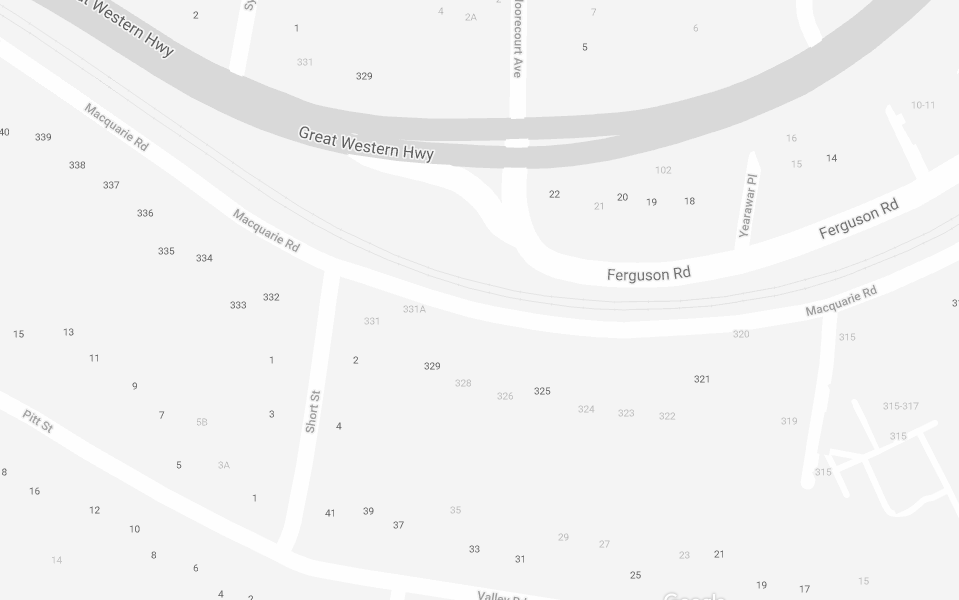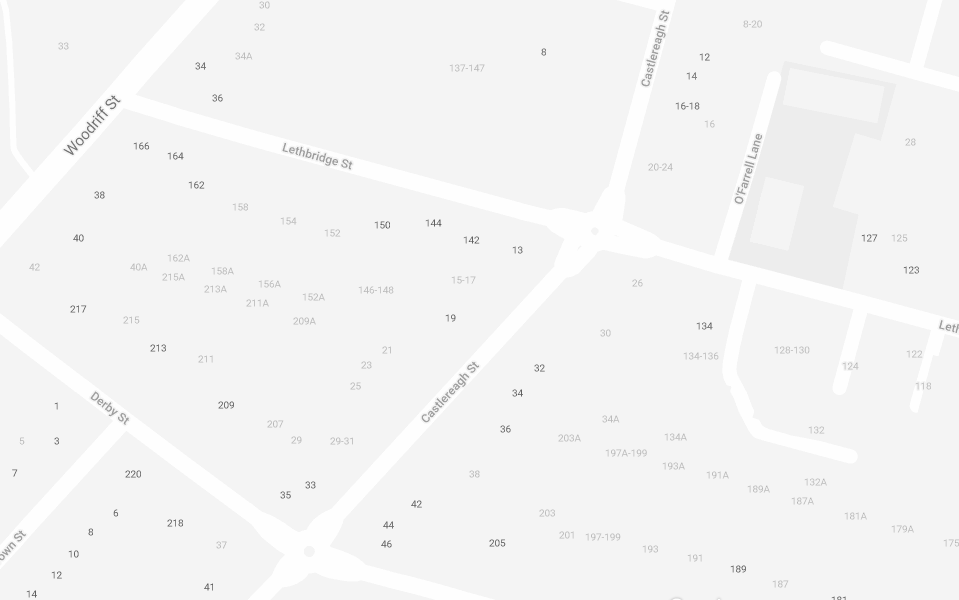
One simple change to reduce car FBT liability
Among the many unintended consequences of COVID-19, businesses that provide cars to their employees may now be on the hook for more FBT. Under the FBT regime, where an employee garages a work car at home, the business is deemed to be providing a car fringe benefit. However, with most people still working from home, the ATO notes that this could create unreasonable consequences for businesses. As such, it has outlined certain conditions where it will accept that a business is not holding the car for the purpose of providing fringe benefits to an employee.
With people spending more time at home than ever before, one unintended consequence is the garaging of work cars at home which may lead to FBT obligations for the employer. Generally, a car fringe benefit will occur where a business makes a car that it owns or leases available to employees for private use. Usually, if your employee is garaging a work car at home, you would be deemed to be providing them with a car fringe benefit.
A car fringe benefit only applies to a motor vehicle (except a motorcycle or similar vehicle) that is designed to carry a load of less than one tonne and fewer than 9 passengers. Where a vehicle meets this definition, some private use may be considered to be exempt from FBT including travel between home and work, incidental travel in the course of performing employment-related travel and/or non-work related use that is minor, infrequent and irregular (eg occasional use to remove domestic rubbish).
However, if the exemptions do not apply, and there is deemed to be private use of the car, you may be required to determine the taxable value of the car fringe benefit using either the statutory formula method or the operating cost method. The taxable value is then grossed up according to whether the benefits are GST-creditable or not and multiplied by the FBT rate (47%).
The ATO understands that during this period, unintentional garaging of the car at an employee’s residence may create perverse FBT outcomes for businesses. As such, it noted that where a car has not been driven at all during the period that it was garaged at the employee’s residence, or has only been driven briefly for the purpose of maintaining the car, it will accept that you do not hold the car for the purpose of providing fringe benefits to your employee.
In these situations, according to the ATO, provided you elect to use the operating cost method, there will be a nil taxable value for the car and no FBT liability. Remember, to use the operating cost method, you will need to elect the method in writing before you lodge your FBT return for the year. Odometer records also need to be maintained to show that, during the period the car was garaged at the employee’s residence, it has not been driven, or has only been driven briefly to maintain the car.
If you do not elect to use the operating cost method, or don’t have odometer records, the statutory formula method would apply, and you may have an FBT liability for the year. The ATO notes that this is because the car was garaged at the employee’s home and is taken to be available for private use regardless of whether or not it was actually used.
Therefore, it may be beneficial for businesses currently using the statutory method to switch to the operating method for the 2020-2021 FBT year as it may reduce the taxable value of any car fringe benefits and any associated FBT liability. Particularly if the employees are driving the cars garaged at their residences for business purposes. However, to use the operating cost method, remember you will need to have logbook and odometer records for the period in question, the requirements of which vary depending on whether you’re electing to use the operating cost method for the first time.





